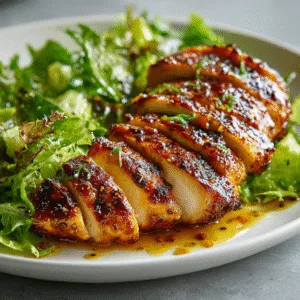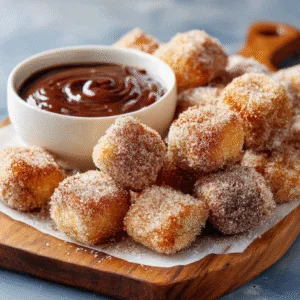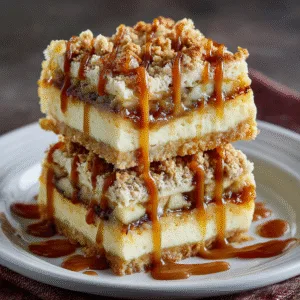If you’re following a GLP-1 therapy like Ozempic or Wegovy, then you know: eating the right food matters just as much as taking the medication. GLP-1 recipes aren’t just trendy—they’re essential tools to help you feel better, fuel smarter, and get the most out of your journey. In this guide, you’ll find seven proven, high-protein, fiber-rich recipes designed to work with your body—not against it. Whether you’re managing side effects like nausea or simply looking to eat more intentionally, these meals are built for results. Ready to eat well and feel even better? Let’s get started.
Table of Contents
Table of Contents
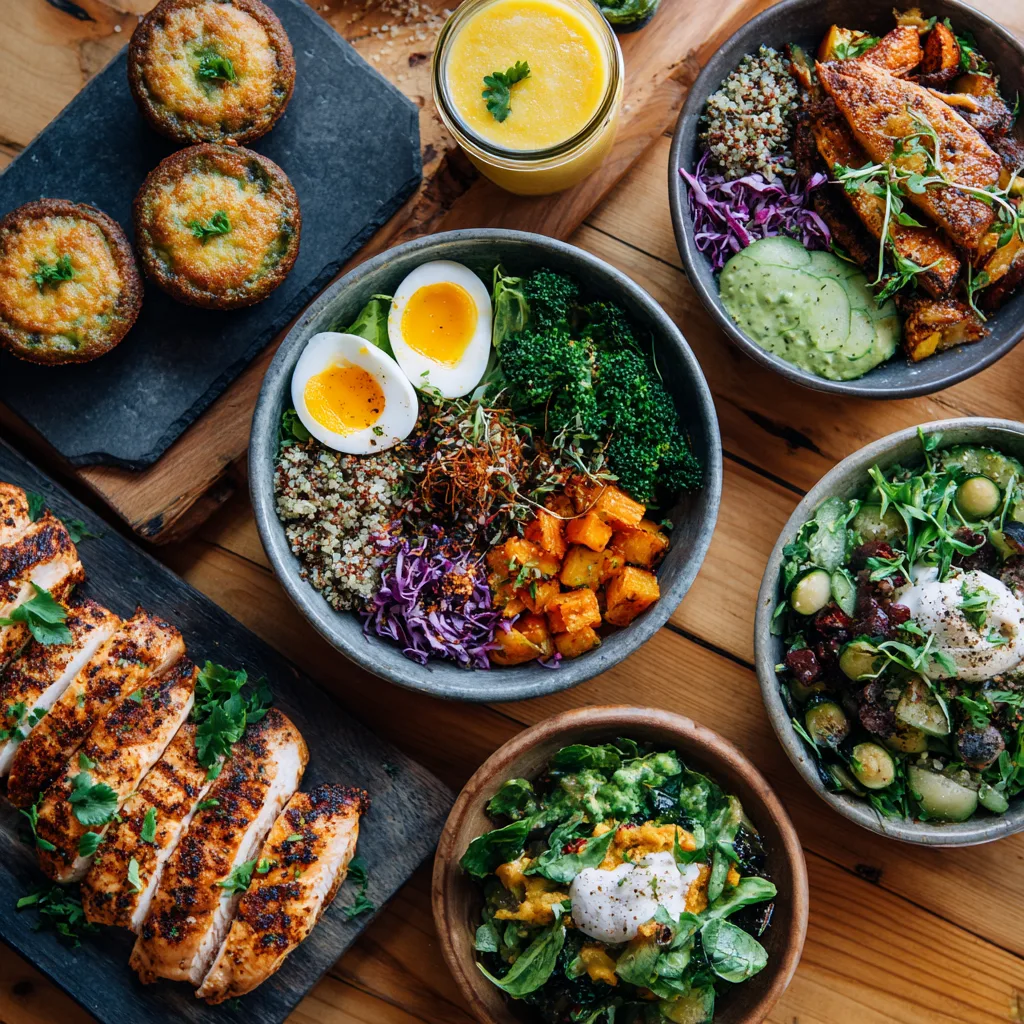
The Story Behind My First GLP-1 Recipe
Cooking with purpose: why GLP-1 recipes matter to me
Hi there, I’m Amanda, and I’m so glad you’re here. My kitchen, nestled just outside Asheville, North Carolina, has always been more than just a place to cook—it’s where I connect with my family, unwind after long days, and create meals that nourish both body and soul. When I started learning about GLP-1 therapy—and how it impacts digestion, appetite, and nutrient needs—I knew I had to rethink some of the ways I was cooking, especially for loved ones on these medications.
I didn’t grow up counting macros or checking labels. But after watching a close friend start GLP-1 treatment, and seeing her struggle with nausea, fatigue, and low energy, I felt called to do what I do best: get in the kitchen and figure out food that works. That’s where these GLP-1 recipes started—right here, on my kitchen counter, experimenting with meals that are protein-packed, gentle on the stomach, and still deeply satisfying. Some of my earliest successes ended up in my dedicated list of Ozempic-friendly recipes
GLP-1 Breakfast Recipe #1: Savory Egg & Veggie Muffins
This first recipe is one of my go-to’s: Savory Egg & Veggie Muffins. They’re high in protein, low in fat, and loaded with fiber-rich veggies that support digestion. Plus, they’re portable and perfect for meal prep—because let’s be real, mornings can be chaos.
Each muffin is balanced with lean protein from eggs and cottage cheese, plus fiber from spinach and bell peppers. You can prep a dozen of these at once using my base egg muffin recipe and modify ingredients based on what you tolerate best on GLP-1s.
Print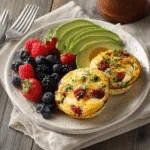
GLP-1 Recipes: 7 Proven Meals for Better Results Fast
- Total Time: 30 minutes
- Yield: 12 muffins 1x
Description
These high-protein, low-fat egg & veggie muffins are the perfect GLP-1 friendly breakfast. Easy to prep, gentle on digestion, and packed with fiber-rich ingredients to support weight loss and fullness.
Ingredients
- 6 large eggs
- 1/2 cup low-fat cottage cheese
- 1/2 cup chopped spinach (fresh or frozen)
- 1/4 cup diced red bell pepper
- 1/4 cup diced green onions
- 1/4 tsp garlic powder
- 1/4 tsp salt
- Black pepper to taste
- Non-stick spray or olive oil for greasing
Instructions
- Preheat oven to 350°F (175°C). Grease a 12-cup muffin tin with non-stick spray or olive oil.
- In a large mixing bowl, whisk the eggs until fully blended.
- Add cottage cheese, chopped spinach, bell peppers, green onions, garlic powder, salt, and pepper. Mix well.
- Divide the mixture evenly into the muffin cups (about 3/4 full each).
- Bake for 20–25 minutes, or until the tops are set and slightly golden.
- Let cool for 5 minutes before removing from the tin.
- Store leftovers in an airtight container in the fridge for up to 4 days, or freeze individually for grab-and-go mornings.
Notes
You can swap spinach for kale, or add diced mushrooms or zucchini for variety.
Best served warm, but can be enjoyed cold as a protein-rich snack.
To make it dairy-free, replace cottage cheese with an unsweetened dairy-free yogurt.
- Prep Time: 5 minutes
- Cook Time: 25 minutes
- Category: Breakfast
- Method: Baking
- Cuisine: American
Nutrition
- Serving Size: 2 muffins
- Calories: 130
- Sugar: 1g
- Sodium: 240mg
- Fat: 6g
- Saturated Fat: 2g
- Unsaturated Fat: 3g
- Trans Fat: 0g
- Carbohydrates: 3g
- Fiber: 0.5g
- Protein: 12g
- Cholesterol: 165mg
Power Up with Midday Nutrition
The role of lunch in your GLP-1 journey
One of the trickiest parts of GLP-1 therapy is knowing when—and how much—to eat. Appetite suppression might sound like a weight loss dream, but it often leads to skipping meals, nutrient gaps, and even low energy by the afternoon. That’s why I love creating GLP-1 recipes that make every bite count. For me, lunch is where strategy meets satisfaction: the perfect time to get in lean protein, complex carbs, and digestion-friendly veggies.
This next recipe became a staple when my energy dipped mid-day. Instead of skipping meals or relying on snacks, I built something that’s easy to prep, quick to eat, and deeply nourishing.
GLP-1 Lunch Recipe #2: Mediterranean Quinoa Chicken Bowl
This GLP-1-friendly lunch bowl delivers big on both flavor and function. It starts with a base of cooked quinoa—a great complex carb that’s gentle on digestion and naturally rich in fiber. I add grilled chicken breast for lean protein, chopped cucumbers and tomatoes for hydration and crunch, and a drizzle of lemony tahini for healthy fats without being too heavy.
Here’s the key: every ingredient supports satiety without spiking blood sugar or overwhelming your gut. The meal comes together in under 20 minutes and stores beautifully for meal prep.
For an alternate version, you can use lentils or chickpeas instead of chicken—perfect if you’re leaning plant-based. You’ll also find versions of this bowl featured in our High-Protein Low-Carb Bowl and inside our clean eating GLP-1 meal plan.
GLP-1 Friendly Dinners for Slow Evenings
Why one-pot meals are perfect for GLP-1 users
Evenings can be tough on GLP-1 therapy. You’re often tired, your appetite is minimal, and yet you know you should get in some protein, fiber, and hydration before calling it a night. That’s why one-pot dinners are so helpful: less prep, less cleanup, and easy to digest if your stomach feels a bit off after a long day or injection.
A great GLP-1 dinner doesn’t need to be heavy. In fact, the best ones are light but satisfying, rich in flavor, and built around lean proteins, soft-cooked vegetables, and slow carbs.
GLP-1 Dinner Recipe #3: One-Pot Lemon Chicken & Veggies
This is one of my favorite GLP-1 recipes for dinnertime: Lemon Chicken & Veggies in One Pot. You’ll sauté lean chicken breast with garlic and olive oil, then simmer it gently with zucchini, carrots, and green beans in a light lemon-herb broth. It’s warming, easy to chew, and ideal for anyone navigating mild nausea or low appetite at night.
What I love most is that this dish keeps things simple while helping you stay full with fewer calories—and without resorting to bland boiled chicken. You can even double the batch and save leftovers, which is exactly what I do when prepping for a busy week.
You’ll find this recipe style echoed in our low-carb crock pot recipes section, and it pairs wonderfully with soft grains or soups like those in our detox-focused meals for weight loss guide.
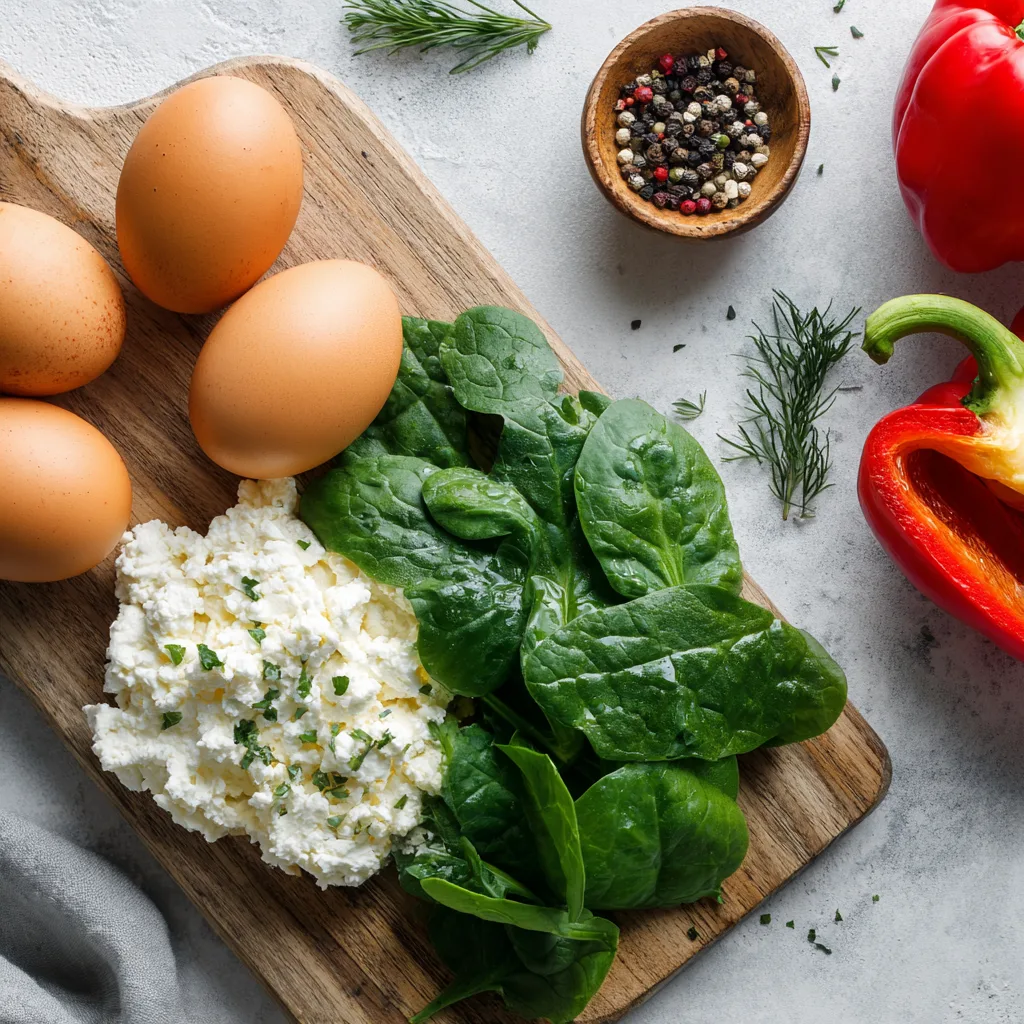
GLP-1 Snacks & Smoothies That Actually Satisfy
Small meals, big nutrition
Let’s be honest—snacking looks different on GLP-1 therapy. You’re not dealing with cravings so much as finding energy in small portions. That’s why I build my GLP-1 snacks and smoothies with two goals: support lean muscle and keep digestion calm. Whether it’s a mid-morning protein shake or an afternoon bite between meetings, the right small meal can do wonders for energy, blood sugar, and mood.
For many readers of my low-sugar breakfast ideas, these options have become go-to solutions for hitting protein goals without overwhelming the stomach.
GLP-1 Recipe #4: Berry Protein Power Smoothie
This smoothie is all about smart simplicity: frozen mixed berries, plain Greek yogurt, unsweetened almond milk, chia seeds, and a scoop of unflavored whey or plant-based protein. The fiber from the chia and berries helps with fullness and gut health, while the protein keeps your energy steady.
It’s one of those GLP-1 recipes I come back to weekly—especially on injection days or when I just don’t feel like chewing much. If berries upset your stomach, you can substitute in spinach and avocado for a milder, creamier green version like those in our best ever green smoothie recipes.
You can even prep smoothie packs ahead of time—just freeze everything except the liquid in a zip bag and blend as needed.
GLP-1 Friendly Treats That Won’t Derail Your Progress
Sweet doesn’t have to mean sabotage
One of the most common questions I get is, “Can I still have dessert on GLP-1?” The short answer? Yes—if it’s smartly designed. GLP-1-friendly treats should offer satisfaction in small portions, be easy to digest, and ideally provide some protein or fiber to help slow sugar absorption. No, it’s not about being perfect. It’s about having GLP-1 recipes that keep you from feeling restricted or deprived.
When those late-night sweet cravings hit, or you want something with your afternoon tea, having a few “safe sweets” can keep you on track and feeling good.
GLP-1 Dessert Recipe #5: Cottage Cheese Chocolate Mousse
Yes, this is actually good—and shockingly simple. Blend ½ cup cottage cheese with 1 tablespoon unsweetened cocoa powder, a touch of vanilla, and a teaspoon of maple syrup or stevia. The result is a rich, protein-packed mousse that feels indulgent but fits perfectly into a GLP-1 lifestyle.
The best part? You’re getting 15+ grams of protein and zero added oils or heavy cream. It’s gut-friendly, easy to prep, and totally customizable with toppings like berries or cacao nibs. This mousse reminds me of recipes from our protein-sparing collection—light, efficient, and delicious.
If you’re looking for more frozen treat ideas, don’t miss our low-calorie smoothie recipes, many of which double as sweet snacks or dessert-style shakes.
Recipes That Soothe GLP-1 Side Effects
When your stomach says “not today”
If you’ve ever experienced the queasy, bloated, or backed-up side of GLP-1 therapy, you’re not alone. The good news? Food can help. When my friend started on semaglutide, she had days where even the smell of food was too much. That’s when I started working on GLP-1 recipes designed not just to nourish—but to soothe.
These recipes focus on soft textures, light seasoning, low fat, and gut-friendly fibers to support digestion without triggering discomfort.
GLP-1 Recipe #6: Gut-Gentle Carrot Ginger Soup
This silky, soothing soup is perfect for nausea-prone days. Made with steamed carrots, a small potato, fresh ginger, and low-sodium veggie broth, it blends into a smooth, mild puree that’s both hydrating and easy on the stomach.
Ginger helps reduce nausea, while the carrots and potato offer fiber and potassium without irritating your GI system. Add a dollop of plain Greek yogurt on top for extra creaminess and gut-supporting probiotics.
It’s especially useful during the first few weeks of therapy, when your body is adjusting—or after a dosage increase. You can find similar gentle ideas inside our detox-focused meals and our full 21-day smoothie diet plan for GLP-1 support.
I make this recipe in big batches and freeze it into small portions—perfect for those “just need something simple” days.
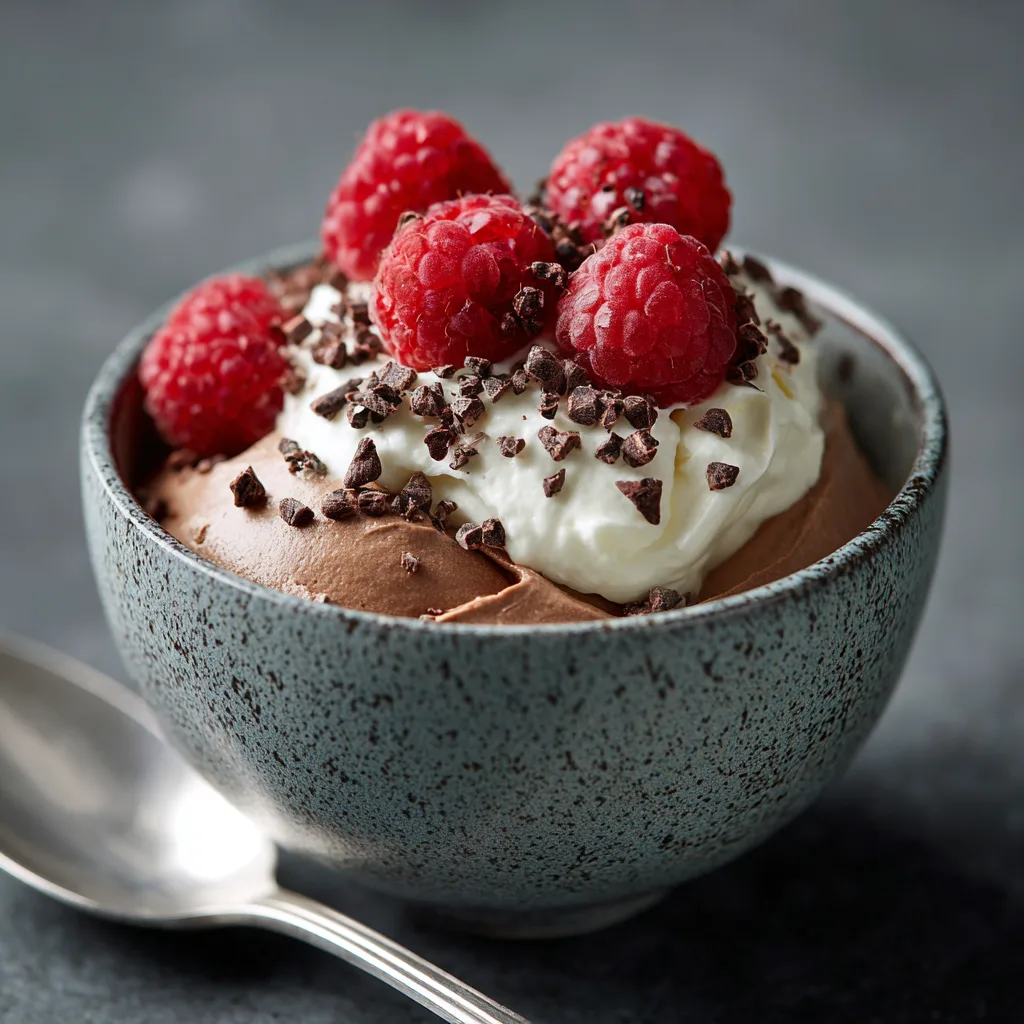
Meal-Prep GLP-1 Recipes to Keep You Consistent
Why prepping ahead works on GLP-1
One of the most common challenges with GLP-1 therapy is consistency. Appetite swings, busy schedules, and side effects can throw off your eating routine in a flash. That’s why I started building my weekly menu around GLP-1 recipes that are meal-prep friendly. These meals hold up in the fridge, reheat well, and still taste great after a few days.
More importantly, they eliminate the guesswork. When you’ve got a pre-portioned, protein-packed meal ready to go, you’re less likely to skip food—or grab something that doesn’t sit well later.
GLP-1 Recipe #7: High-Protein Pasta Salad with Cottage Cheese Dressing
This is a make-ahead lunch I can eat all week. Start with cooked high-fiber pasta (like chickpea or whole wheat), then toss it with cherry tomatoes, cucumber, chopped spinach, and grilled chicken. What makes it unique? The dressing: a blend of cottage cheese, lemon juice, and herbs, blended smooth into a creamy, high-protein coating.
Each serving hits around 25 grams of protein, includes a nice fiber boost, and tastes even better the next day. It’s one of my most re-made recipes from our protein pasta salad collection—and it pairs beautifully with smoothies from our freezer-friendly smoothie guide.
Batch-prepping this kind of recipe once a week has helped me and so many of my readers stay on track with GLP-1 therapy, even on the busiest days.
GLP-1 Recipes for Special Diets & Flexible Eating
Because one-size-fits-all doesn’t work
GLP-1 therapy is already an adjustment—so the last thing you need is rigid meal rules. That’s why one of my goals in building this GLP-1 recipe collection was flexibility. Whether you’re vegetarian, gluten-sensitive, or avoiding dairy, you can still build meals that are satisfying, protein-rich, and digestion-friendly. Modifying GLP-1 recipes doesn’t mean compromising results—it means customizing for success.
From plant-based protein swaps to easy carb replacements, these strategies are all about helping you stay consistent, without feeling boxed in.
GLP-1 Recipe #8: Lentil & Roasted Veggie Bowl (Vegetarian & Gluten-Free)
This one’s a reader favorite—especially for those easing off meat or needing a break from eggs and dairy. Roasted zucchini, bell peppers, and carrots are served over warm lentils (or canned for convenience), topped with tahini drizzle and a sprinkle of hemp seeds for protein and healthy fats.
The dish is:
- Vegetarian
- Gluten-free
- Dairy-free
- Easily batch-prepped and reheated
You can mix it up with cooked quinoa, or add air-fried tofu for a heartier version. I often recommend this recipe to those following our vegan smoothies collection or exploring the 21-day meal prep challenge to get in a rhythm with GLP-1 nutrition.
It’s delicious hot or cold, and you’ll never feel like you’re just “eating around” dietary restrictions again.
FAQs – GLP-1 Diet & Nutrition
What should I eat to lose weight on GLP-1?
To support weight loss on GLP-1 medications, focus on high-protein, high-fiber, and low-fat foods that nourish without overwhelming your digestive system. Meals should be nutrient-dense but lower in calories—like lean meats, legumes, leafy greens, berries, quinoa, and soft-cooked vegetables. Recipes that emphasize small portions with strategic macros—like the ones in this article—help maintain energy, fullness, and lean muscle while in a calorie deficit.
How can I get GLP-1 naturally?
Certain whole foods may help stimulate your body’s natural GLP-1 secretion. These include high-fiber vegetables (like broccoli and leafy greens), fermented foods, healthy fats (like avocado and olive oil), and protein-rich ingredients like eggs, Greek yogurt, or lentils. While food alone won’t replace GLP-1 agonist medications, eating this way supports incretin function and glycemic control.
What food has the highest GLP-1?
GLP-1 is a hormone—not something found in food—but some foods are known to promote GLP-1 release more than others. These include:
Whey protein (fast-absorbing, GLP-1 stimulating)
Eggs
Legumes (lentils, chickpeas)
Oats
Fermented dairy (kefir, Greek yogurt)
These ingredients appear in many of our GLP-1-friendly recipes because they support appetite regulation and post-meal satiety.
What sweets can I eat on a GLP-1 diet?
You can enjoy low-sugar, high-protein desserts that don’t spike blood sugar or cause nausea. Some great examples include:
Cottage cheese chocolate mousse
Greek yogurt with berries
Frozen banana bites with peanut butter
Protein shakes blended with cocoa and avocado
Look for treats that offer real nutrition in small portions—like those in our low-calorie smoothie and protein-sparing recipes guides.

